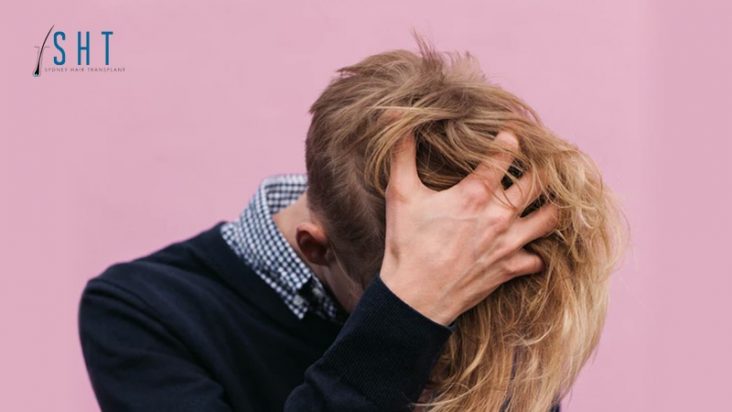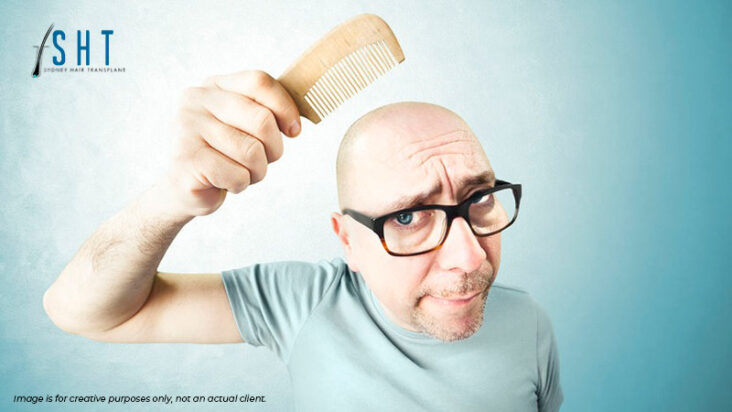What is hair made of?
Hair is made of a protein called keratin. They are made by tiny organs beneath the skin called follicles. Here are 10 fun facts you may not know about crowning glory:
- Your head is currently home to roughly 100,000 to 150,000 strands of hair. Quite the number! So a few strands of hair on the floor or on your brush is no cause for panic. In fact, the average person sheds 50 to 150 strands a day.
- Seasons can affect hair loss. In a bid to keep us warm, hair grows thicker during colder seasons like autumn and winter. We subsequently shed more hair come summer or spring, when our bodies no longer have the use for all the extra strands.
- As you read this, around 90 percent of your hair is quietly growing. The average hair strand grows by half a millimeter per day. The remaining 10 percent are in a resting phase.
- Hair follicles are found everywhere on the body–except for the lips, the palms of our hands, and the soles of our feet.
- Our hair is made of the same amazing stuff as horse hooves and rhino horns.
- Hair is like a profile sheet made of keratin. A single strand can say a lot about you, your age, your race, what your diet may look like, and if you take any illegal substances. That’s why criminal investigators often turn to hair for forensic evidence. The only thing it won’t reveal about you is your sex — hair structure is the same for men and women.
- Hair is 5 percent sulphur.
- Redheads have the least number of hair follicles. Red is also the rarest hair color, with only 1 percent of the population born with it.
- We are born with about 5 million hair follicles. These are all that we are going to have during our lifetime. It’s not possible to naturally grow new follicles, just as it’s not possible to grow new kidneys.
- Hair color is produced by cells called melanocytes. They are found in the hair bulb, at the base of hair follicles. Melanocytes have a limited lifespan and become damaged with every new cycle of hair growth. Hair starts turning grey when only a few of these guys remain. Eventually, our hair will turn white when all our melanocytes kick the bucket.
Why does hair loss occur?
Hair loss can be caused by many things — from how you wear your hair, autoimmune diseases, environmental stressors, and genetics. While most are beyond your control, it should go without saying that taking poor care of your health, such as eating poorly and smoking, are also major factors in hair loss.
What can I do to restore my hair?
There are many ways to deal with hair loss. These are generally divided into two categories: surgical, and non-surgical.
Non-surgical methods involve the use of minoxidil and finasteride. The surgical option involves transplanting hair, either through follicular unit transplant (FUT) or follicular unit extraction (FUE). We’ll talk about their differences later in the article.
How does minoxidil work?
Minoxidil is the compound behind the popular Rogaine. It stimulates hair growth instead of stopping it. Minoxidil does this by dilating blood vessels. Put it on your scalp, and it relaxes blood vessels, making them more permeable to oxygen and nutrients. In turn, nutrient-rich blood nourishes hair follicles, promoting hair growth.
First-time users of minoxidil should be aware that the first phase of this treatment results in some hair loss. Minoxidil restarts hair growth by shedding strands that are in the resting phase of growth and then kickstarting the follicle to produce new hair.
Minoxidil often comes in liquid form, and can be applied through a spray pump or droppers. One of the downsides of minoxidil is that it needs to be constantly applied. Once you stop, hair loss will start again. It also takes a few months for noticeable results to appear, so don’t expect to wake up with a thick tuft of hair after one spray.
How does finasteride work?
Finasteride treats hair loss by working at the hormone-level. It stops testosterone from becoming dihydrotestosterone, which makes hair follicles shrink. Unlike minoxidil, finasteride can slow baldness, and in some cases, even promote regrowth.
Finasteride often comes in pill form, taken once a day over a few months to a year. Effects typically appear 3 months into treatment. Because it affects hormones, treatment with finasteride may come with more serious side-effects than minoxidil, such as reduced libido, and facial swelling.
It is possible to use finasteride and minoxidil at the same time. However, you should consult with your doctor first about how to manage treatments.
How does FUT work?
Follicular unit transplant restores bald spots, thinning hair, and receding hairlines. A strip of tissue with healthy follicles is taken from a “donor site”, which usually lies near the nape of the neck. The tissue is them grafted onto the transplant site. FUT is the traditional way of performing transplants.
The main downside of FUT is the longer recovery period compared to FUE, although both are outpatient procedures. There is also a possibility of developing linear scarring at the donor site. However, FUT results in thicker volumes of hair on the transplant site, making it more ideal for severe hair loss.
How is FUE different from FUT?
Instead of extracting a whole strip of skin, doctors transfer follicles one by one to the donor site using a small tool called an FUE punch. Follicles are taken from a much larger area, which distributes thinning and makes the transplant look less noticeable. There will still be some scarring at the incision sites left by the punch, but these are usually less a millimeter long, and scab over 3 to 7 days after the procedure. Patients who opt for FUE usually find that they can start wearing short hair soon after.
Got any hair-related questions? Wondering the best course of treatment for your hair loss? Call us at 1300 656 236 or book an appointment at no cost. Our consultants would be happy to comb through solutions with you.
Book your Private Consultation
If you are considering FUE or FUT Hair Transplant surgery please contact us for further information on pricing and procedural information.
To book a private consultation today with Dr. Daood call 1300 656 236.


